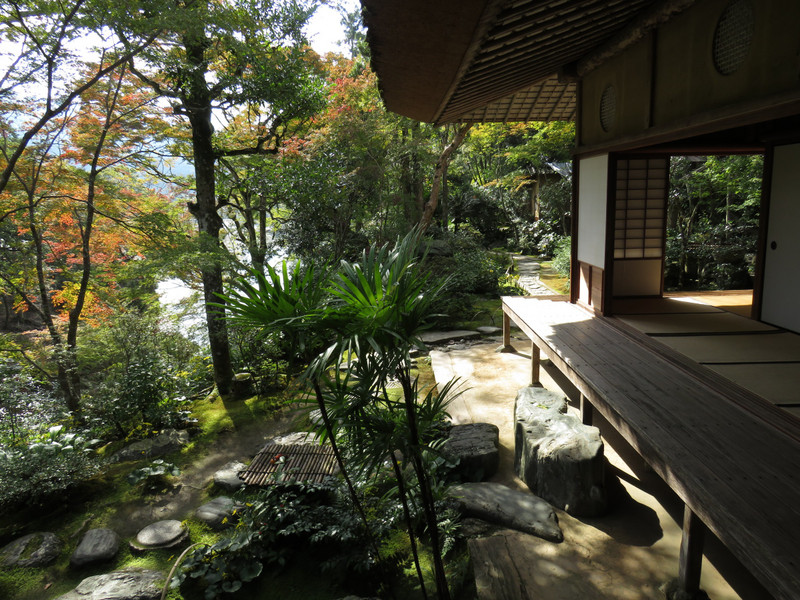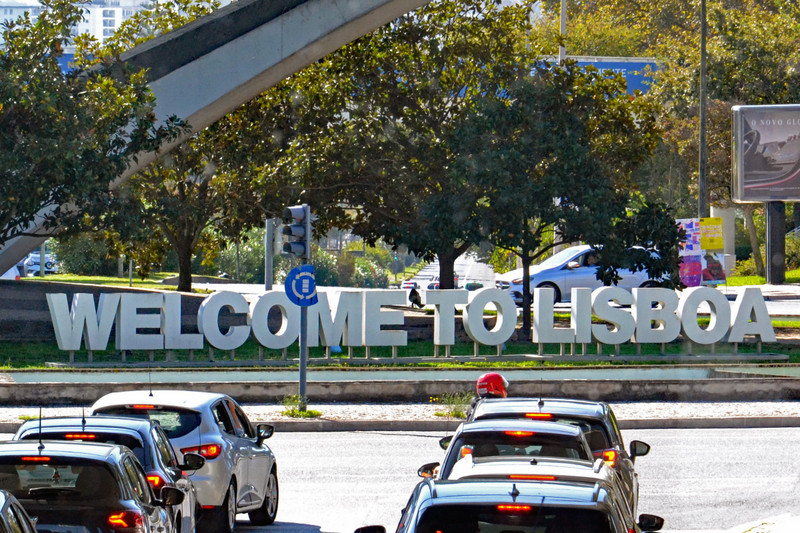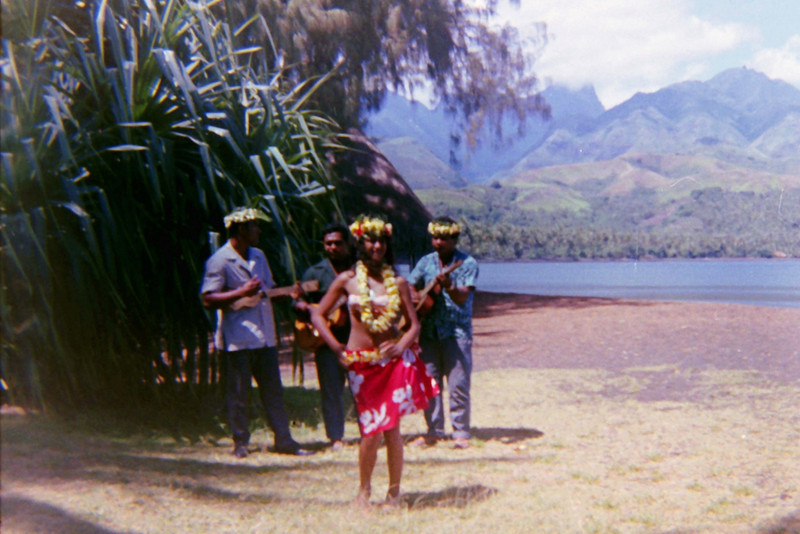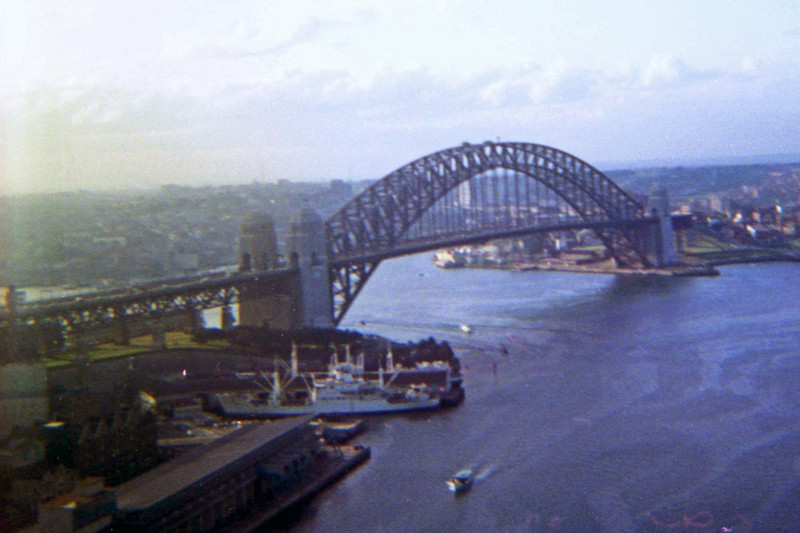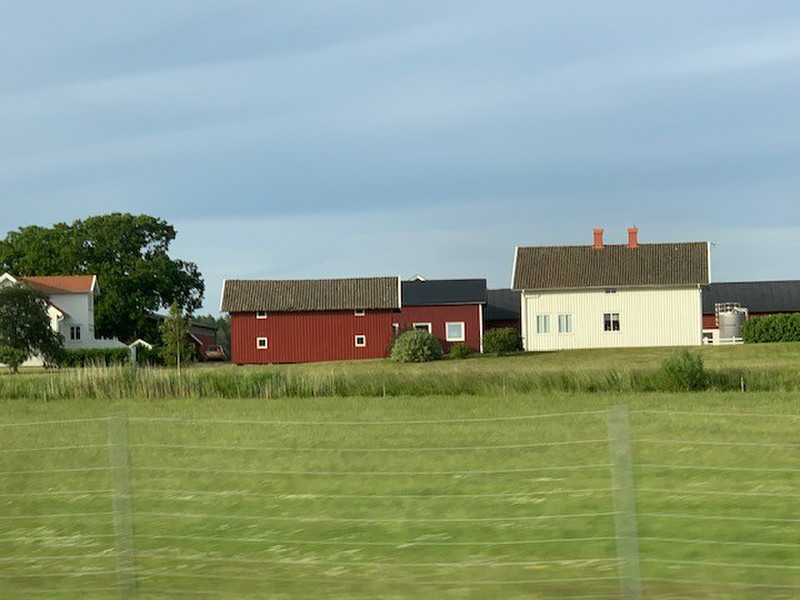Continuing my little blog series about the five biggest islands of Japan (because coronavirus means I havent been able to go anywhere else for ages), here is Shikoku.
Is Shikoku deserving of its own blog seeing as I only visited twice during the 13 months of living in Japan? Yes, because its really nice and most tourists apparently skip it.
My favourite means of travel around the Japanese archipelago, and indeed around most places, is by ship. True, I still get a thrill from travelling at 285 km/h on the Shinkansen, which, while looking futuristic, is actually more than 50 years old (the rest of the world may one day catch up). But the Shinkansen is really expensive if you are a resident – rail passes are only available to those on a tourist visa. Despite all the budget airlines, there are still ships that ply the waters between the Japanese islands and they are a lovely way to travel.
An overnight ferry sails from Kokura at the north end of Kyushu island and not far from where we lived in Fukuoka to Matsuyama in the northwest of Shikoku island. The cheapest cabins are just communal
open spaces with tatami mats. For a little bit more you can get a bunkbed that is very private with a thick curtain to shield you from anyone and anything. It The boat arrives at 5:30am but you can stay aboard sleeping until 7am. After a short walk, a short train ride, then another short walk we arrived in Horinouchi park. This is just a big flat area underneath the forested hill upon which sits Matsuyama Castle. The purpose of this was to be on the start line for a 5 km parkrun at 8am. I came first!
We didnt get the chance to have a closer look at the castle, nor go to the famous Dogo Onsen, one of Japans oldest, because we had to catch a train to From a bus took us to Ishizuchitozan Ropeway where a cable car took us some of the way up a mountain. This was the real reason for this visit to Shikoku: to climb Mount Ishizuchi. At 1982 m, it is the highest on Shikoku.
to climb the highest peak of each of Japans major islands. The ropeway closes from December to March and the mountains see snow. Therefore, we squeezed this trip in just in time and managed to catch the autumn foliage that Japan is famous for.
Japan being geologically quite young (~15 million years old), its mountains are usually steep. Ishizuchi was no different offering the typical short but steep climb. In addition to many switchbacks and wooden steps, the mountain is famous for its chains. There are four sets of heavy iron chains dangling down cliffs to assist your passage. We were looking forward to this aspect but at almost 70 metres high, it was occasionally admittedly quite daunting. Especially where you had air beneath you and had to put your feet inside the chains links because the chains dangled away from the rock. You can bypass the chains if you are feeling not up to it.
The summit had its obligatory temple along with all the fully North Faced up Japanese hikers with their gas stoves cooking up noodles. Its actually a further scramble along a narrow ridge to get to the proper highpoint, which we
It was a necessary fast descent down the back of the mountain where we didnt see another person. Unfortunately, we couldnt linger but had to jog down the beautiful Omogokei Gorge in order to catch the one bus a day back to Matsuyama.
Other places Id like to talk about on Shikoku include Ozu, known as Shikokus Little Kyoto. Its a quaint little town (though to Kyoto) with a great castle beside the river, a beautiful and elegant thatched villa (Garyu Sanso) within a lovely garden, and a small but pretty old town with little flower covered drains in which swim koi carp. We stopped here for a few hours on the way to Yawatahama where we took a ferry across to Beppu on Kyushu then a bus home.
A subsequent trip to Shikoku in January 2020 took me to a Shinto famous for making you work to see it. There are 785 stone steps to the main shrine, and 1368 steps in total to the inner shrine.
